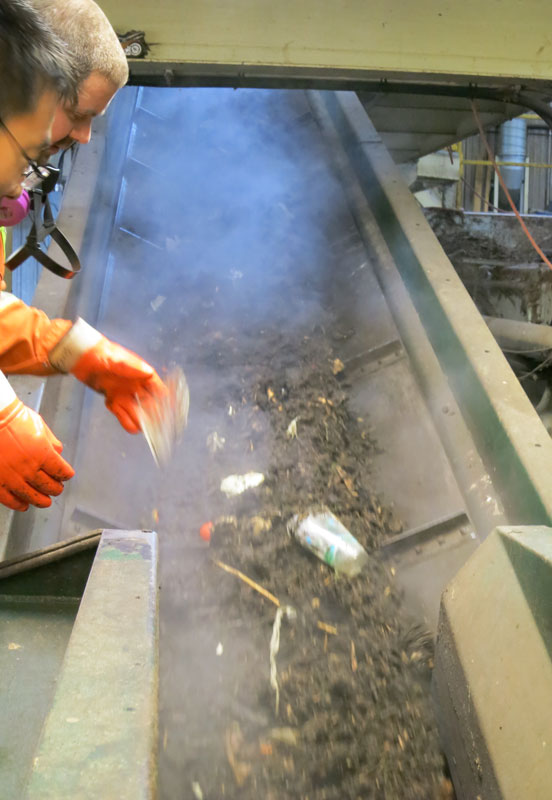The benefits of aloe vera juice
🌿 Discover the Perfect Plants for Your Space! 🌿 Explore our handpicked collection of cycads, aloes, seeds, and more to transform your garden or landscape. Shop Now Nutritional Profile of Aloe Vera Juice Aloe vera, the succulent plant known for its soothing gel, also offers a wealth of nutrients in juice form. Aloe vera juice […]
The benefits of aloe vera juice Read More »




